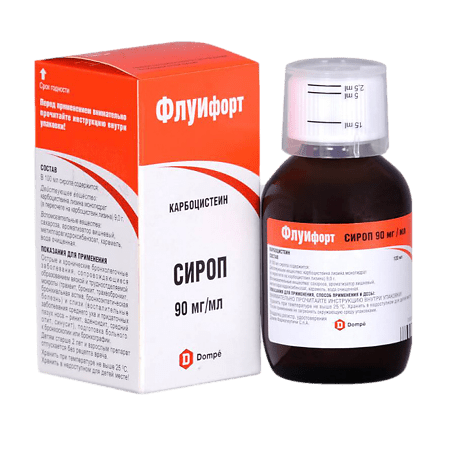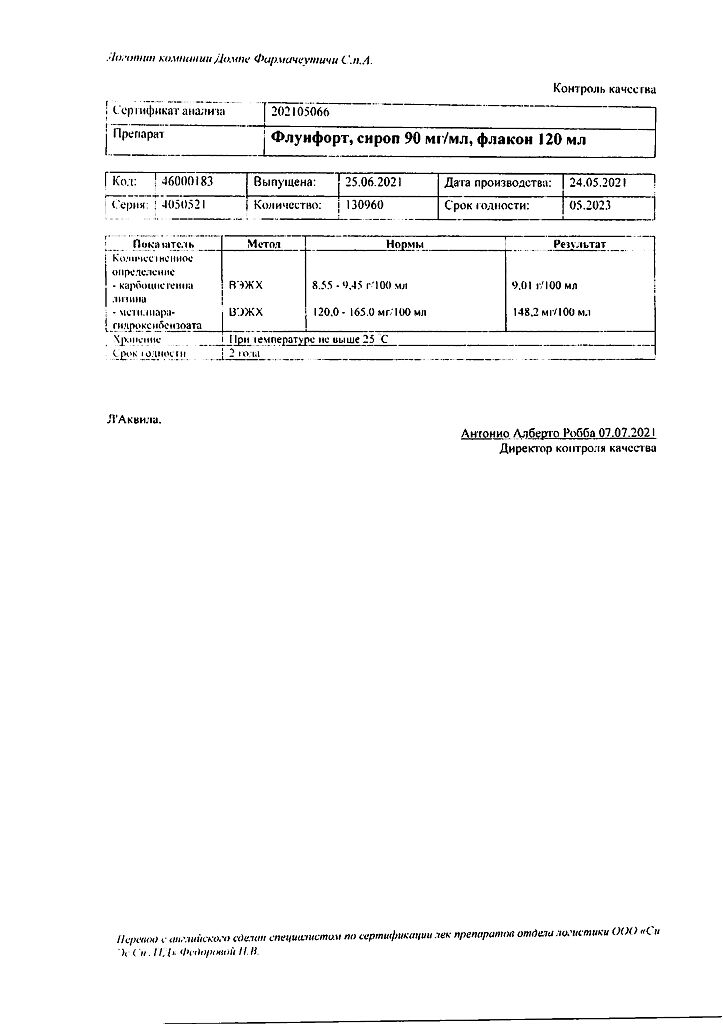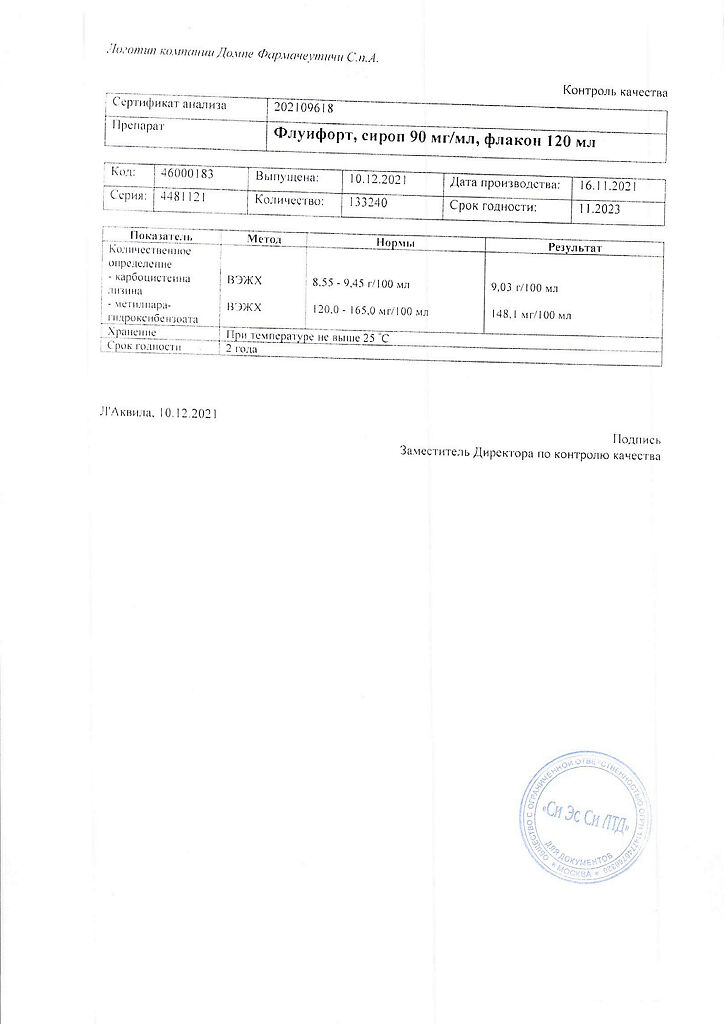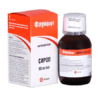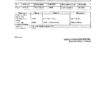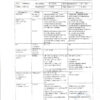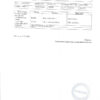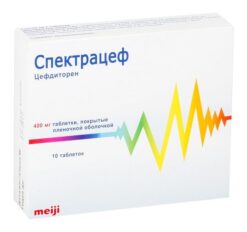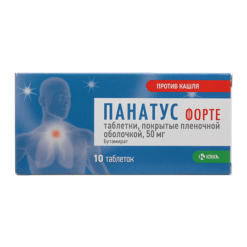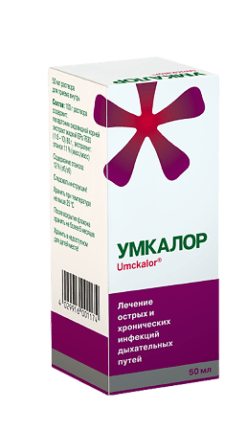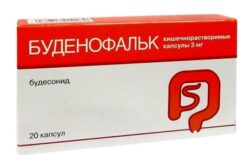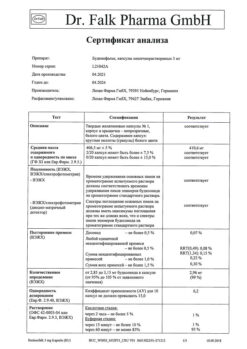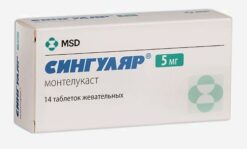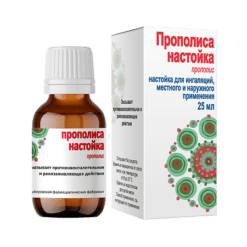No products in the cart.
Fluifort, 90 mg/ml syrup 120 ml
€17.61 €14.68
Description
Pharmacodynamics
Carbocysteine lysine salt restores viscosity and elasticity of mucous secretion of the upper and lower airways. The effect is dose-dependent.
Mucolytic and expectorant effect of carbocysteine lysine salt is due to the activation of sialic transferase (enzyme of the mucous membrane of the bronchi). Normalizes the quantitative ratio of acidic and neutral mucins of the bronchial secretion: decreases the number of neutral glycopeptides and increases the number of hydroxyalcoholicopeptides. Reduces the viscosity of bronchial secretion and nasal sinus discharge, facilitates discharge of sputum and mucus, reduces coughing. Promotes mucous membrane regeneration, normalizes its structure, reduces the number of bocalytic cells, especially in the terminal bronchi, and, as a consequence, reduces mucus production. It restores secretion of immunologically active IgA (specific protection), improves mucociliary clearance and antibiotic transport.
In addition, carbocysteine lysine salt stimulates secretion of chlorine ions in airway epithelium. This phenomenon is associated with the transport of water and thus with the liquefaction of the mucous secretion. Carbocysteine lysine salt increases the concentration of lactoferrin, lysozyme and α1-antitrypsin, indicating the functional recovery of mucosal bronchial gland cells and their protein synthesis mechanism.
Carbocysteine lysine salt is a neutral compound (pH 6.8), is well soluble in water and therefore does not irritate the mucous membrane of the stomach, which allows prescribing a daily dose at one time.
Pharmacokinetics
Quickly and almost completely absorbed after oral administration. Bioavailability of carbocysteine lysine salt is low (less than 10% of the dose taken) and does not depend on the dosage form.
Maximum Cmax concentration in blood and mucosa is reached after 1.5 – 2 hours. The plasma elimination half-life is 2-3 hours. Like all derivatives with blocked thiolytic group, carbocysteine lysine salt has the highest affinity to bronchopulmonary tissue. The drug reaches an average concentration in mucosa of 3.5 µg/ml with half-life of about 1.8 hours (2 g daily dose).
Complete excretion occurs after 3 days. Excretion is primarily by the kidneys. A part of the drug is excreted unchanged by the kidneys, the rest is excreted as metabolites.
Indications
Indications
Acute and chronic bronchopulmonary diseases accompanied by the formation of viscous sputum
Pharmacological effect
Pharmacological effect
Pharmacodynamics
Carbocisteine lysine salt restores the viscosity and elasticity of the mucous secretion of the upper and lower respiratory tract. The effect is dose-dependent.
The mucolytic and expectorant effect of carbocisteine lysine salt is due to the activation of sialic transferase (an enzyme of goblet cells of the bronchial mucosa). Normalizes the quantitative ratio of acidic and neutral mucins in bronchial secretions: reduces the amount of neutral glycopeptides, increases the amount of hydroxysialoglycopeptides. Reduces the viscosity of bronchial secretions and discharge from the paranasal sinuses, facilitates the discharge of sputum and mucus, and reduces cough. Promotes the regeneration of the mucous membrane, normalizes its structure, reduces the number of goblet cells, especially in the terminal bronchi and, as a result, reduces mucus production. Restores the secretion of immunologically active IgA (specific protection), improves mucociliary clearance and transport of antibiotics.
In addition, carbocisteine lysine salt stimulates the secretion of chlorine ions in the epithelium of the respiratory tract. This phenomenon is associated with the transport of water and, thus, with the liquefaction of mucous secretions. Carbocysteine lysine salt increases the concentration of lactoferrin, lysozyme and α1-antitrypsin, which indicates the functional restoration of the mucous cells of the bronchial glands and their mechanism of protein synthesis.
Carbocysteine lysine salt is a neutral compound (pH 6.8), is highly soluble in water and therefore does not irritate the gastric mucosa, which allows the daily dose to be prescribed at one time.
Pharmacokinetics
Rapidly and almost completely absorbed after oral administration. The bioavailability of carbocysteine lysine salt is low (less than 10% of the dose taken) and does not depend on the dosage form.
The maximum concentration of Cmax in the blood and mucous membrane is achieved after 1.5 – 2 hours. The half-life from plasma is 2-3 hours. Like all derivatives with a blocked thiolytic group, carbocysteine lysine salt has the greatest affinity for bronchopulmonary tissue. The drug reaches an average concentration in the mucosa of 3.5 mcg/ml with a half-life of about 1.8 hours (2 g daily dose).
Complete elimination occurs after 3 days. Excretion is carried out mainly by the kidneys. Part of the drug is excreted unchanged by the kidneys, the rest is excreted in the form of metabolites.
Special instructions
Special instructions
The use of Fluifort does not lead to addiction or metabolic dependence.
This medicine contains methyl parahydroxybenzoate, which may cause urticaria.
The drug does not interfere with low-calorie and controlled diets, and can also be used in diabetic patients. Patients with diabetes should note that 1 tablespoon of syrup contains 6 g of sucrose.
Active ingredient
Active ingredient
Carbocysteine
Composition
Composition
100 ml of syrup contains:
active ingredient:
carbocisteine lysine salt monohydrate 9 g,
excipients:
sucrose – 40 g;
natural cherry essence – 0.25 g;
methyl p-hydroxybenzoate – 0.15 g;
caramel – 0.03 g;
purified water – up to 100 ml
Contraindications
Contraindications
Hypersensitivity to any component of the drug;
Peptic ulcer of the stomach and duodenum (in the acute phase);
Pregnancy;
Children under 2 years of age;
Sucrase/isomaltase deficiency;
Fructose intolerance;
Glucose-galactose malabsorption (since the drug contains sucrose).
Side Effects
Side Effects
Experience gained with the use of Fluifort indicates that adverse reactions occur very rarely (frequency < 1/10,000):
Skin and subcutaneous tissue disorders: rash, urticaria, erythema, bullous exanthema/erythema, itching, angioedema, dermatitis.
Gastrointestinal disorders: abdominal pain, nausea, vomiting, diarrhea.
Nervous system disorders: dizziness.
Cardiovascular system disorders: hyperemia.
Respiratory system disorders: dyspnea.
All of these disorders are transient in nature and disappear after stopping the drug or after reducing the dosage.
If any side effects occur, you should immediately stop taking the drug and consult a doctor.
Interaction
Interaction
No interactions have been identified between carbocisteine and food products, as well as substances used for laboratory research.
The effect is weakened by antitussive and M-anticholinergic drugs. Increases the effectiveness of glucocorticosteroids (mutually) and antibacterial therapy for infectious and inflammatory diseases of the upper and lower respiratory tract. Enhances the bronchodilator effect of theophylline.
Overdose
Overdose
Symptoms: skin reactions, gastrointestinal and sensory disorders.
Treatment: There is no specific antidote. Gastric lavage and specific supportive therapy are recommended.
Storage conditions
Storage conditions
At a temperature not exceeding 25 °C
Shelf life
Shelf life
2 years.
Do not use after the date indicated on the package.
Manufacturer
Manufacturer
Dompe Pharmaceutici S.p.A., Italy
Additional information
| Shelf life | 2 years. Do not use after the date on the package. |
|---|---|
| Conditions of storage | At a temperature not exceeding 25 °C |
| Manufacturer | Dompe Pharmaceutici S.p.A., Italy |
| Medication form | syrup |
| Brand | Dompe Pharmaceutici S.p.A. |
Related products
Buy Fluifort, 90 mg/ml syrup 120 ml with delivery to USA, UK, Europe and over 120 other countries.

